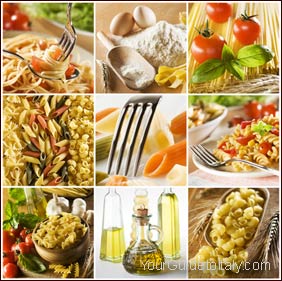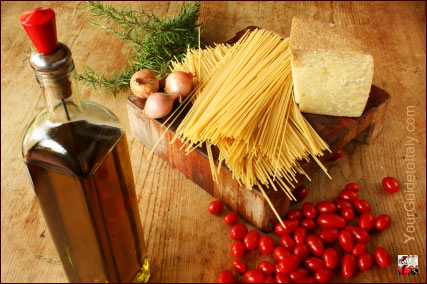Essentials of Classic Italian Cooking is a basic manual for cooks of every skill level. After introducing essential concepts od Italian cuisine, the author gives a very detailed tour of the most important ingredients in Italian cooking and presents recipes for some typical and traditional Italian dishes, such as polenta, risotto, squid braised with tomatoes and white wine, sautéed swiss chard with olive oil and garlic...
Includes a very large chapter on vegetables and separate chapters on Soups, Pasta, Risotto, Gnocchi, Crespelle (Italian for crepes), Polenta, Frittate, Fish and Shellfish, Fowl and Rabbit, Veal, Beef, Lamb, Pork, Variety Meats, Salads, Desserts, Breads, and typical Italian menus.
A whole chapter is dedicated to information about herbs, spices, and cheeses used in Italian kitchens.
More information >>





